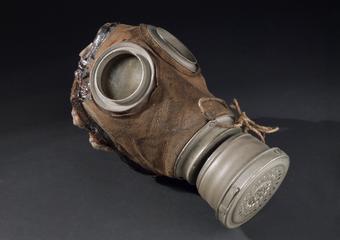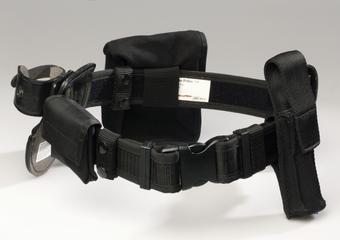
Vaccination lancet, London, England, 1869-1900
- maker:
- Mayer and Meltzer






Vaccination lancet, steel and tortoiseshell, in leather pouch case, by Mayer and Meltzer of London, 1869-1900
The lancet would have been dipped in lymph material from a smallpox pustule. Pustules are skin blisters filled with pus that appear approximately five to eight days after vaccination. The lancet blade would then be used to vaccinate another person. This type of arm-to-arm vaccination was made illegal in 1898, as it could transmit other diseases such as syphilis. Specially prepared animal lymph was used instead. Vaccination did not give life-long immunity and had to be repeated. Lancets were also used to transport vaccines over short distances, although the vaccine could deteriorate so it was best to use them directly.
Details
- Category:
- Public Health & Hygiene
- Collection:
- Sir Henry Wellcome's Museum Collection
- Object Number:
- A136655
- Materials:
- steel (metal), tortoiseshell, leather and incomplete
- Measurements:
-
overall - case: 11 mm x 68 mm x 34 mm, .004 kg
overall - lancet: 10 mm x 57 mm
overall - total weight: .006 kg
- type:
- lancet
- credit:
- Wellcome Trust (Purchased from Stevens)




